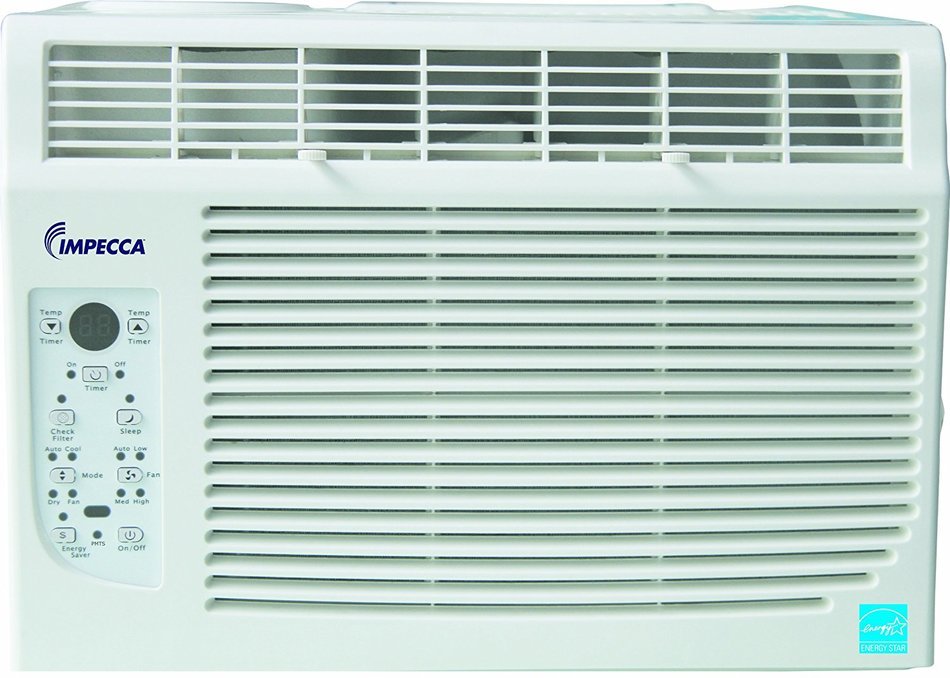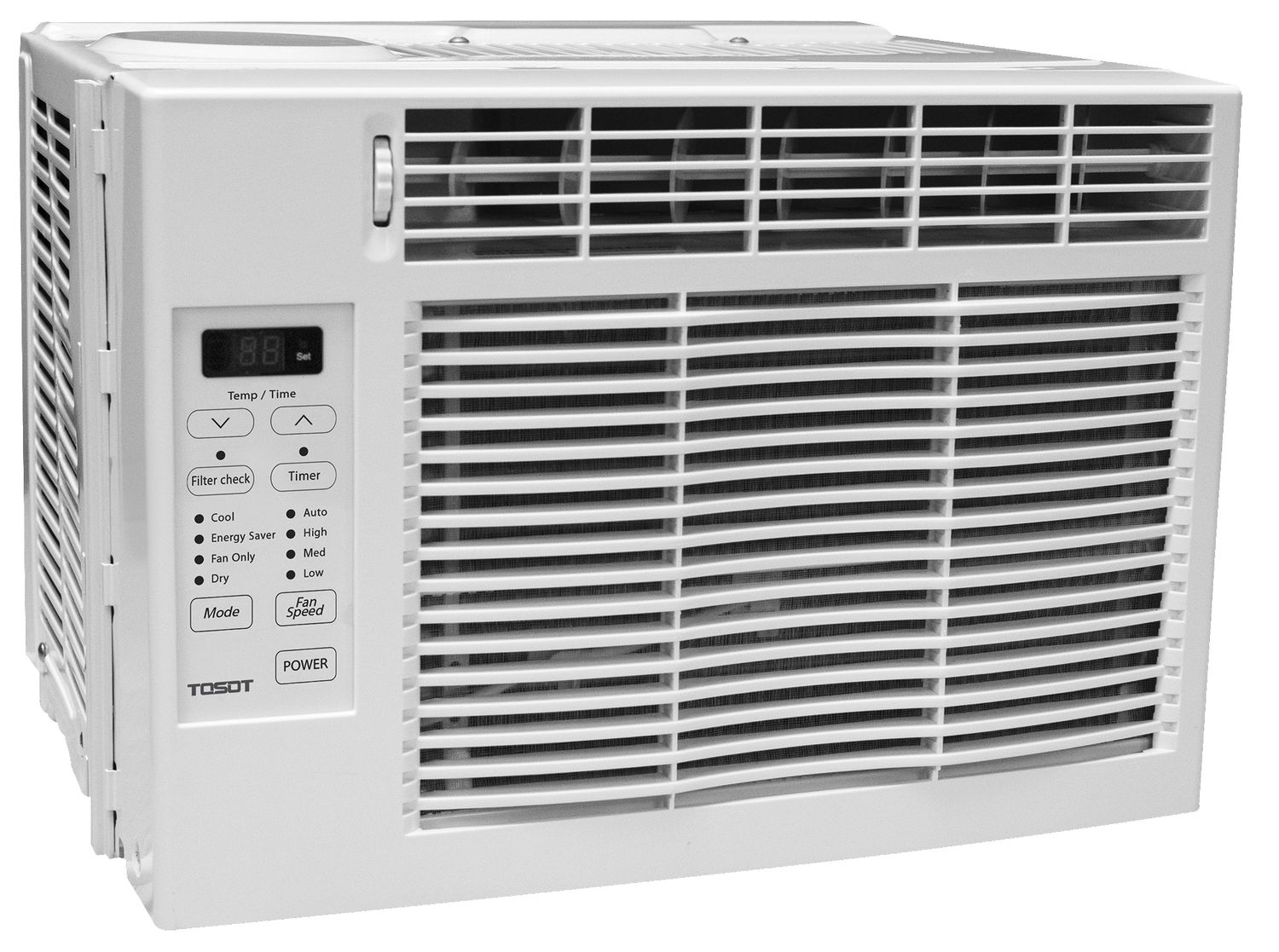Small Window Air Conditioner With Remote

Window air conditioners are a popular and affordable way to cool individual rooms. Among them, small window AC units with remotes offer convenience and targeted cooling. This guide covers everything you need to know about these units, from installation and troubleshooting to maintenance and repair.
Understanding Small Window AC Units with Remotes
A small window AC unit, typically ranging from 5,000 to 8,000 BTUs (British Thermal Units), is designed to cool a room between 100 and 350 square feet. The addition of a remote control enhances user experience, allowing for adjustments without direct access to the unit.
Key Features
- Cooling Capacity: Measured in BTUs, determines the size of the room the AC can effectively cool.
- Remote Control: Offers convenient control of temperature, fan speed, mode, and timer settings.
- Energy Efficiency: Look for a high Energy Efficiency Ratio (EER) or a ENERGY STAR® rating for lower operating costs.
- Installation: Designed for relatively easy installation in most standard windows.
- Filter: Captures dust and allergens, improving air quality.
- Modes: Often includes cool, fan, dry (dehumidifying), and sleep modes.
Installation Guide
Proper installation is crucial for optimal performance. Follow these steps for a safe and effective setup:
Tools and Materials Needed
- Window AC unit
- Screwdriver (Phillips head)
- Measuring tape
- Level
- Foam insulation strips (usually included)
- Window support bracket (optional, but recommended for larger or heavier units)
- Safety glasses
- Gloves
Step-by-Step Installation
- Prepare the Window: Clean the window frame and sill. Ensure the window opens and closes smoothly.
- Install Support Brackets (if applicable): Follow the manufacturer's instructions for attaching the support brackets to the exterior wall. This provides additional stability and prevents the unit from tilting.
- Position the AC Unit: Carefully lift the AC unit and place it on the window sill or support brackets. Center it in the window opening.
- Extend the Side Panels: Extend the side panels to fill the remaining space in the window frame. These panels help to seal the unit and prevent air leakage.
- Secure the Unit: Use the provided screws to secure the side panels to the window frame. Ensure the unit is level using a level.
- Seal Gaps: Use foam insulation strips to seal any remaining gaps between the unit and the window frame. This prevents air leaks and improves energy efficiency.
- Install Window Lock: Install a window lock to prevent the window from being opened from the outside.
- Test the Unit: Plug in the AC unit and turn it on. Verify that it is cooling properly and that the remote control is functioning correctly.
Safety Tip: Always lift with your legs and avoid twisting your back. If the unit is heavy, get assistance from another person.
Troubleshooting Common Issues
Even with proper installation, problems can arise. Here’s how to diagnose and fix some common issues:
AC Unit Not Cooling
- Dirty Filter: Clean or replace the filter. A dirty filter restricts airflow and reduces cooling efficiency.
- Frozen Coils: Check for ice buildup on the coils. This can be caused by a dirty filter, low refrigerant, or a malfunctioning thermostat. Turn the unit off and let the ice melt. If the problem persists, call a professional.
- Blocked Airflow: Ensure there are no obstructions blocking the airflow around the unit.
- Incorrect Settings: Verify that the temperature is set low enough and that the unit is in cooling mode.
AC Unit Leaking Water
- Clogged Drain: Clear the drain hole. A clogged drain can cause water to accumulate and leak. Use a straightened paperclip or pipe cleaner to clear the drain.
- Incorrect Installation Angle: Ensure the unit is slightly tilted outwards to allow condensation to drain properly.
- High Humidity: Excessive humidity can cause condensation to form more quickly than the drain can handle. This is normal in some cases.
AC Unit Making Loud Noises
- Loose Parts: Tighten any loose screws or panels.
- Dirty Fan Blades: Clean the fan blades. Dust and debris can cause the blades to become unbalanced and noisy.
- Worn Motor: A worn motor can produce a humming or grinding noise. This may require professional repair or replacement.
Remote Control Not Working
- Dead Batteries: Replace the batteries in the remote.
- Blocked Signal: Ensure there are no obstructions blocking the signal between the remote and the AC unit.
- Faulty Remote: The remote may be faulty and need to be replaced.
- IR Sensor issue: The IR sensor in the AC unit may be faulty. This is less common.
Cost of Repair Estimates
Repair costs vary depending on the issue and the cost of labor in your area. Here are some average estimates:
- Filter Replacement: $5 - $20
- Drain Cleaning: $20 - $50
- Fan Motor Replacement: $100 - $300
- Compressor Replacement: $300 - $800 (often not worth repairing on small units)
- Refrigerant Recharge: $150 - $400
These are just estimates, and it's always best to get a quote from a qualified HVAC technician.
Maintenance Tips
Regular maintenance can extend the life of your AC unit and prevent costly repairs.
Cleaning the Filter
Clean the filter every 2-4 weeks, or more frequently if you have pets or allergies. Remove the filter and wash it with mild soap and water. Allow it to dry completely before reinstalling.
Cleaning the Coils
Clean the coils at least once a year. Unplug the unit and use a brush attachment on your vacuum cleaner to remove dust and debris. You can also use a commercially available coil cleaner.
Cleaning the Exterior
Wipe down the exterior of the unit with a damp cloth to remove dust and dirt.
Off-Season Storage
When the cooling season is over, properly store your AC unit to protect it from the elements. Remove the unit from the window, clean it thoroughly, and store it in a dry, covered area. Consider covering the window opening with a piece of plywood or plastic to prevent drafts.
When to Call a Professional
While many issues can be resolved with DIY troubleshooting, some problems require professional attention.
Refrigerant Leaks
Refrigerant leaks require specialized equipment and knowledge to repair. Attempting to repair a refrigerant leak yourself can be dangerous and illegal.
Compressor Problems
The compressor is the heart of the AC unit, and repairs are complex and expensive. If you suspect a compressor problem, it's best to call a professional.
Electrical Issues
Electrical repairs can be dangerous. If you suspect an electrical problem, such as a burning smell or a tripped circuit breaker, call a qualified electrician.
Safety Warning: Always disconnect the power supply before attempting any repairs.
Choosing the Right Small Window AC Unit with Remote
Selecting the right unit is crucial for effective and efficient cooling. Consider these factors:
BTU Rating
Choose a BTU rating that matches the size of the room you need to cool. Use a BTU calculator online or consult with an HVAC professional.
Energy Efficiency
Look for a unit with a high EER or an ENERGY STAR® rating to save on energy costs.
Features
Consider features such as multiple fan speeds, sleep mode, and a programmable timer.
Noise Level
Check the decibel rating of the unit. A lower decibel rating indicates a quieter unit.
Price
Set a budget and compare prices from different retailers. Consider the long-term cost of ownership, including energy consumption and potential repairs.
In conclusion, a small window AC unit with a remote is a convenient and efficient cooling solution for smaller spaces. By understanding the installation process, troubleshooting common issues, and performing regular maintenance, you can keep your unit running smoothly for years to come. Remember to prioritize safety and call a professional when necessary.










